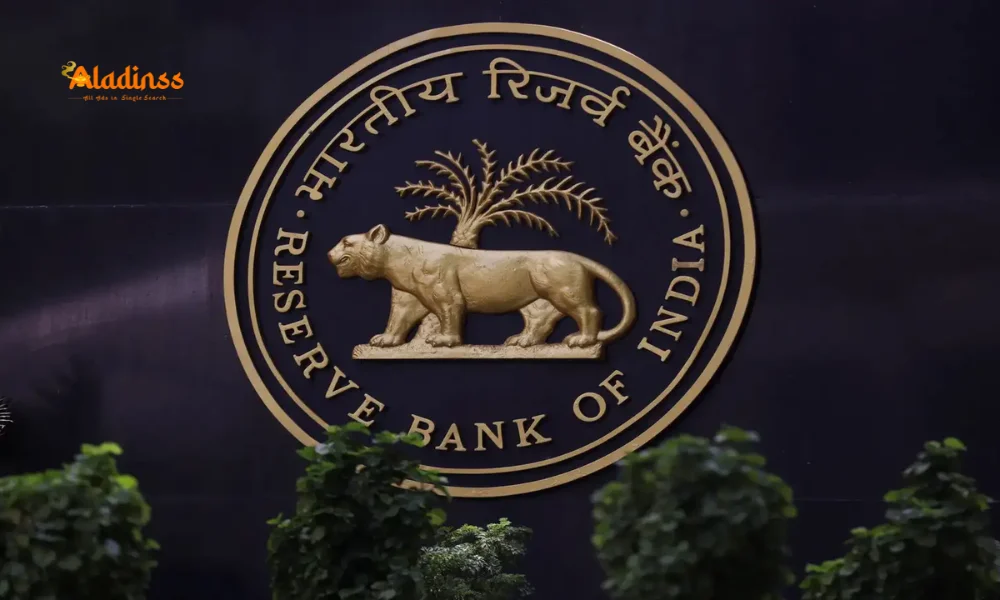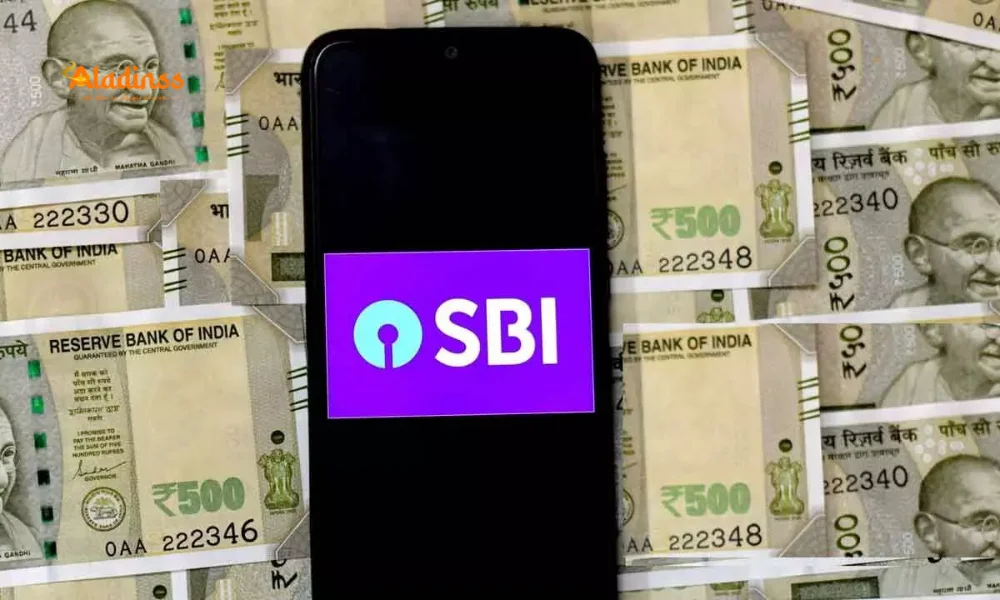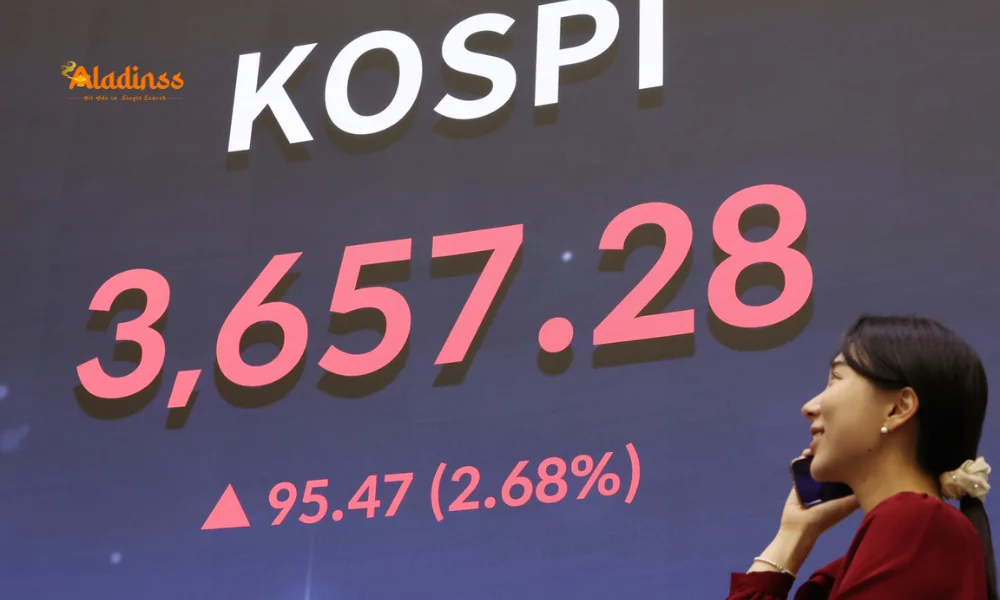Gold & Silver Tax in India 2025: Essential Rules Every Investor Must Know
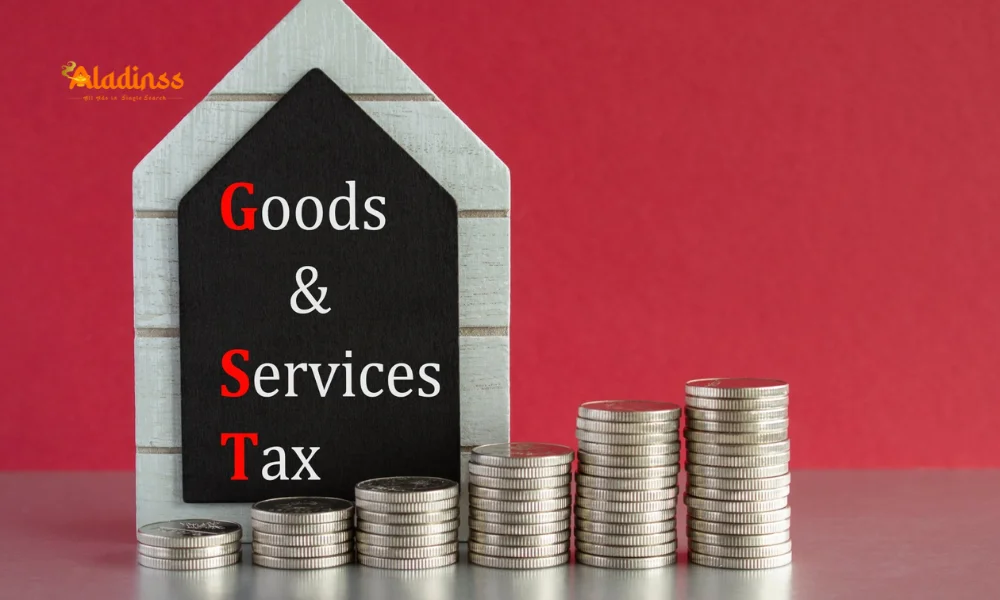
How Are Gold and Silver Gains Taxed in India? Key Rates and Rules
With gold prices soaring by over 60% and silver prices doubling in the past year, investors are reaping significant profits. However, these gains come with tax implications. Whether you invest in physical gold like jewellery, coins, or bars, or opt for digital options such as Exchange-Traded Funds (ETFs) or Sovereign Gold Bonds (SGBs), your profits are subject to capital gains tax. Understanding the tax rules, including rates, ETF regulations, and TDS applicability, is crucial for investors to maximize returns while staying compliant.
This guide breaks down the taxation framework for gold and silver investments in India, covering physical assets, digital investments, and special cases like gifts and inherited assets. From capital gains tax rates to GST and TDS rules, here’s everything you need to know to navigate the tax landscape effectively.
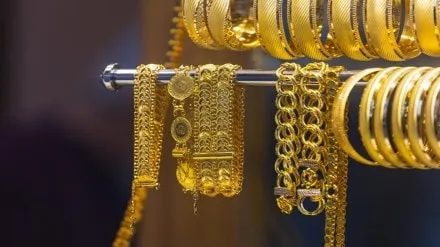
Taxation on Physical Gold and Silver
When you sell physical gold or silver, such as jewellery, coins, or bars, the profit is classified as a capital gain, and the tax rate depends on how long you held the asset. The holding period determines whether the gain is short-term or long-term, each with distinct tax implications.
Short-Term Capital Gains (STCG): If you sell gold or silver within 24 months of purchase, the gains are considered short-term and taxed according to your income tax slab. For example, if you’re in the 30% tax bracket, your STCG will be taxed at 30%, making it critical to factor in your income level when planning sales.
Long-Term Capital Gains (LTCG): For assets held longer than 24 months, gains are classified as long-term and taxed at a flat rate of 12.5%. For gold or silver purchased on or after July 23, 2024, the 12.5% LTCG tax applies without indexation benefits. However, for assets bought before this date, investors can opt for indexation, which adjusts the purchase cost for inflation, and pay a 20% tax on the adjusted gain. This choice can significantly impact your tax liability, especially for older investments.
Tax Rules for Gold and Silver ETFs
Gold and Silver Exchange-Traded Funds (ETFs) offer a convenient way to invest in precious metals without holding physical assets. The tax treatment for ETFs mirrors that of physical gold and silver, based on the holding period.
For ETFs held for less than 24 months, gains are treated as short-term and taxed as per your income tax slab. This means high-income investors may face a higher tax burden on short-term ETF gains. For holdings exceeding 24 months, gains qualify as long-term and are taxed at 12.5%, providing a more predictable tax rate for long-term investors. This structure makes ETFs an attractive option for those seeking liquidity and tax efficiency in their gold and silver investments.
Sovereign Gold Bonds: A Unique Tax Structure
Sovereign Gold Bonds (SGBs), issued by the Reserve Bank of India, offer a distinct tax framework that makes them appealing for long-term investors. SGBs provide both interest income and potential capital gains, each taxed differently.
Interest Income: SGBs pay an annual interest rate of 2.5%, which is taxable under “Income from Other Sources” as per your income tax slab. For example, if you’re in the 20% tax bracket, you’ll pay 20% tax on this interest. This regular income stream makes SGBs attractive, but investors must account for the tax liability on interest payments.
Capital Gains: If you hold SGBs until their 8-year maturity, the capital gains are fully exempt from tax, making them a tax-efficient investment. However, if you redeem the bonds after the 5th year or sell them in the secondary market before maturity, the gains are treated as long-term and taxed at 12.5%. This tax exemption at maturity incentivizes holding SGBs for the full term, aligning with long-term wealth-building strategies.
Digital Gold and Silver Taxation
The rise of fintech platforms has popularized digital gold and digital silver investments, allowing investors to buy and sell precious metals through apps. The tax treatment for digital gold and silver is identical to that of physical assets, ensuring consistency across investment types.
If held for less than 24 months, gains are considered short-term and taxed as per your income tax slab. For holdings exceeding 24 months, gains are long-term and taxed at 12.5%. The simplicity of digital platforms, combined with this tax structure, makes them a convenient option for investors looking to diversify their portfolios without the hassle of storing physical assets.
TDS and TCS Rules for Gold and Silver
Tax Deducted at Source (TDS) and Tax Collected at Source (TCS) apply to significant transactions involving gold and silver, ensuring compliance with tax regulations. These rules are designed to track high-value transactions and prevent tax evasion.
On Sale: If you sell gold or silver worth more than Rs 50 lakh in a financial year to a buyer required to deduct tax (e.g., a jeweller), a 1% TDS is deducted from the sale amount. This ensures that large transactions are reported to tax authorities, maintaining transparency.
On Purchase: Since July 1, 2021, purchases of gold or silver exceeding Rs 10 lakh in cash attract a 1% TCS, and buyers must provide PAN or Aadhaar details. This rule discourages cash transactions and promotes digital payments, aligning with India’s push for a transparent economy.
Taxation on Gifts and Inherited Assets
Gold and silver received as gifts or through inheritance have specific tax implications, depending on the circumstances. Understanding these rules is essential for investors managing such assets.
Gifts: If you receive gold or silver as a gift and the total value of gifts in a financial year exceeds Rs 50,000, the excess is taxable under “Income from Other Sources,” unless the gift is from a relative or received during occasions like marriage. For example, a Rs 1 lakh gold gift from a non-relative would result in a Rs 50,000 taxable amount, based on your income tax slab.
Inherited Assets: No tax is levied when you inherit gold or silver. However, when you sell these assets, capital gains tax applies based on the original cost of acquisition to the previous owner. The holding period is calculated from the date the previous owner acquired the asset, which can qualify the gains as long-term if held for over 24 months, taxed at 12.5%.
GST on Gold and Silver Purchases
In addition to capital gains tax, purchases of gold and silver are subject to Goods and Services Tax (GST). A 3% GST is applied on the value of gold, along with a 5% tax on making charges for jewellery. These taxes increase the cost of acquisition, impacting overall returns. For example, purchasing a Rs 1 lakh gold ornament incurs Rs 3,000 GST, plus additional taxes on making charges, which investors must factor into their financial planning.
The GST applies uniformly to physical gold and silver purchases, whether for jewellery, coins, or bars. Investors should retain purchase invoices to accurately calculate GST and claim input tax credits if applicable, particularly for businesses involved in the precious metals trade. Understanding these additional costs ensures better financial decision-making.
Strategic Considerations for Investors
Navigating the tax landscape for gold and silver investments requires strategic planning to optimize returns. Long-term investments, particularly in SGBs, offer tax advantages due to the exemption on capital gains at maturity. Holding physical gold or ETFs for over 24 months can also reduce tax liability with the 12.5% LTCG rate. Investors should weigh the benefits of indexation for pre-July 2024 purchases against the flat 12.5% rate for newer investments.
For high-value transactions, understanding TDS and TCS rules is critical to avoid surprises. Keeping detailed records of purchase dates, costs, and invoices ensures accurate tax calculations, especially for inherited assets or gifts. Consulting a tax professional can help investors align their strategies with current regulations, maximizing returns while staying compliant with India’s tax laws.
Comment / Reply From
No comments yet. Be the first to comment!




